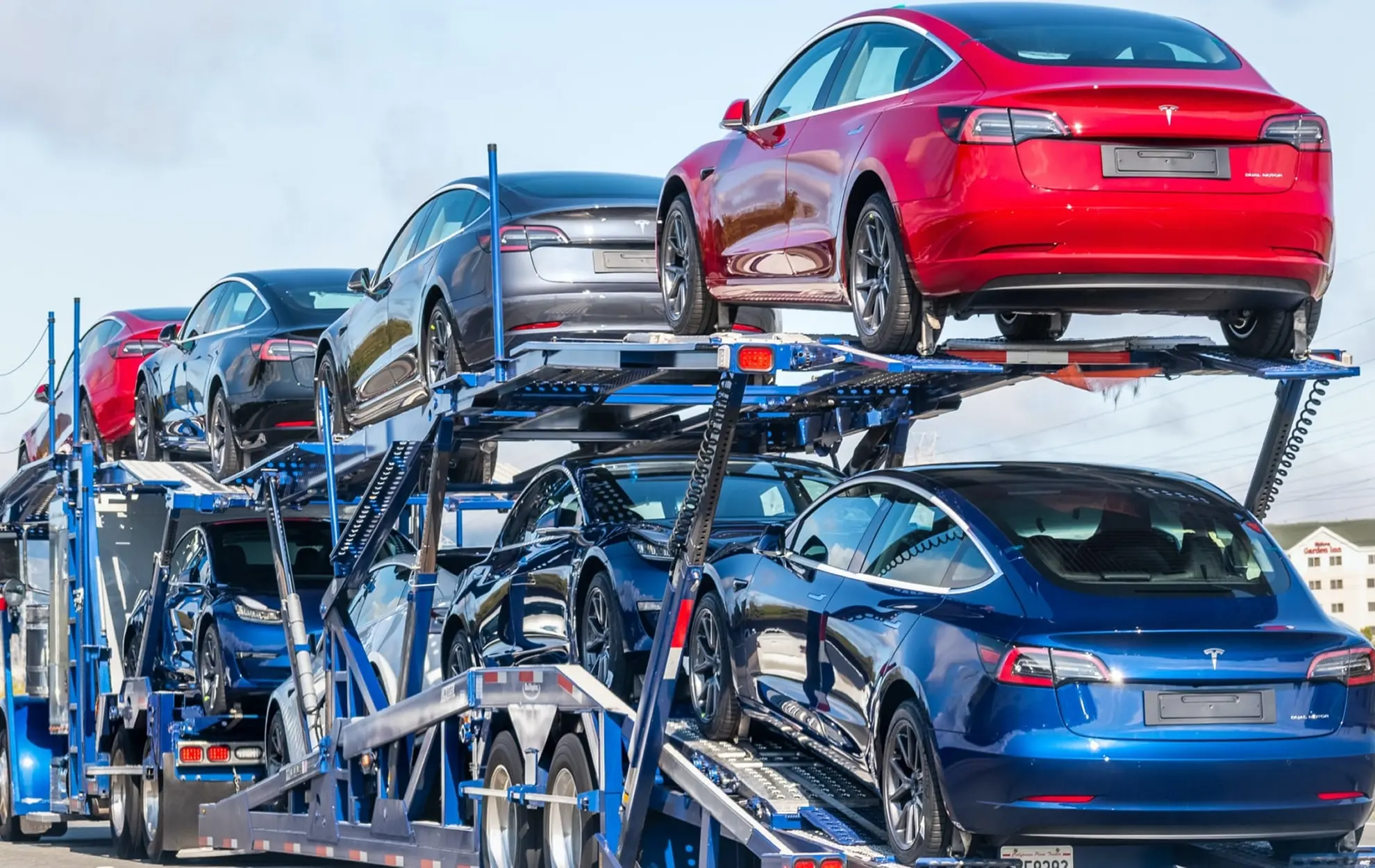If you’re new to car shipping in Seattle, WA, this 101 guide walks you through what to expect. Auto transport moves your vehicle from one location to another using professional carriers. Whether you’re relocating, buying a car out of state, or sending a vehicle to a family member, understanding the steps helps you feel confident and keeps the process smooth. The process is straightforward, but a few key details can make a big difference in safety and timing.
First, know the difference between a broker and a carrier. A broker, like Sakaem Logistics, does not drive the truck. Instead, the broker matches you with a carrier – the company that actually hauls the car. Reputable brokers work only with carriers that have solid reviews, proper insurance, and a clean safety record. This middle‑man role gives you more options and often better service, while the carrier focuses on the physical move.
Here’s the typical flow from start to finish: 1) Call a broker to request a quote. 2) The broker reviews your pickup and delivery details, then finds a carrier that fits your timeline and vehicle type. 3) Once a carrier is assigned, they schedule a pickup date. 4) On the pickup day, the carrier arrives, inspects the car, and loads it onto the trailer. 5) The carrier transports the vehicle to the destination and unloads it. 6) You settle payment with the broker or carrier at pickup or delivery, depending on the agreement.
A few things to know about the transport process: Use an enclosed trailer for high‑end or classic cars to protect them from weather and road debris. Remove all personal items and clear the interior before the carrier arrives. The car must be able to roll – a flat‑tire or stuck vehicle can cause delays. Finally, keep about a quarter tank of gas in the tank; this helps the carrier move the car onto and off the trailer safely.


